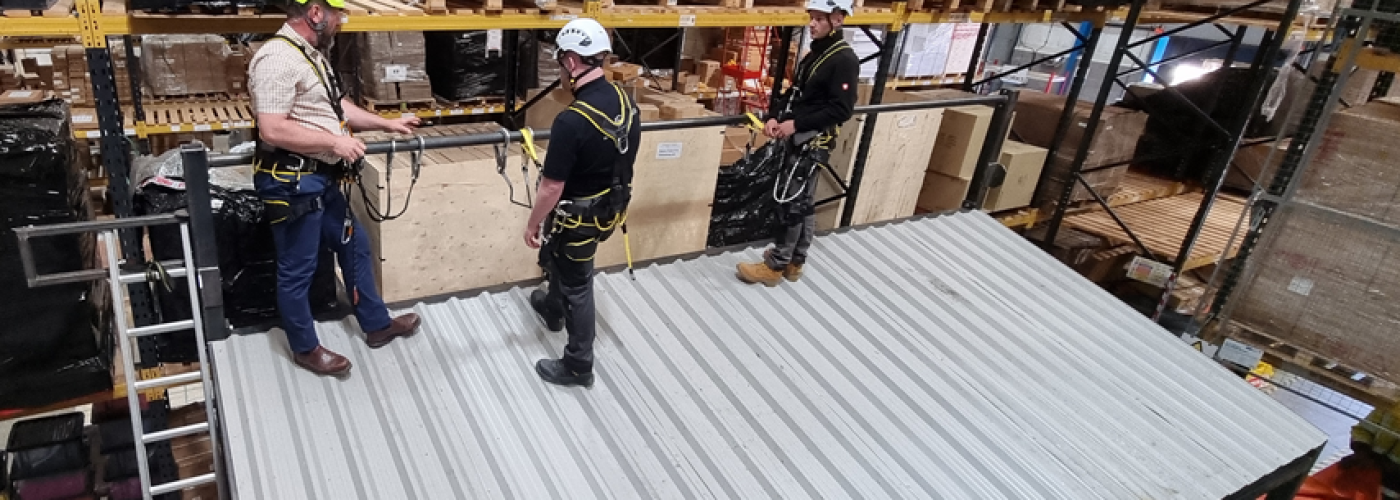Without the correct safety measures in place, working at height can be hugely dangerous. In fact, accidents from height are one of the leading causes of workplace fatalities and injuries1.
Critical safety experts Reece Safety, who have recently introduced a new typical inclined roof structure into their critical training centre, have provided some top safety tips for those working at height.
Plan Effectively
It’s vital that correct plans have been put in place for any at-height work, including roof work.
Before work is completed, thorough risk assessments should take place, identifying potential area and personnel risks. Always consider measures that protect everyone who is at risk (collective protection) along with measures that protect only the individual (personal protection).
Current laws state that the following should also be taken into consideration by employers before allowing any work at height:
- Take account of weather conditions that could compromise worker safety, and check the location every time before work takes place.
- Take suitable and sufficient measures to make sure no one can be injured, for example using exclusion zones to keep people away or mesh on scaffold to stop materials such as bricks falling
- Store materials and objects safely so they won’t cause injury
- Plan for emergencies and rescue, including setting a procedure for evacuation. Ensure employees know the emergency procedures thoroughly before undertaking work.
Correct Training
Employers should always ensure that those with sufficient skills, experience and knowledge are employed to perform any task at height. Where necessary the correct training should be provided and revisited at required times to ensure continued knowledge and adherence to safety regulations.
“It’s vital that those working at height get the relevant experience and training before undertaking real world work, to ensure safety of themselves, and those around them.” Andy Graham, Managing Director at Reece Safety had to say.
“At Reece Safety we have recently launched a new roof working training rig which is a great solution to those needing a practical training course and will meet the needs of people needing to work safely at height on similar clad roof areas found on industrial and retail units, domestic structures, schools and hospitals.”
Correct and Well-Maintained Equipment
Employers are required to provide the correct equipment appropriate for the task at hand, along with training of correct implementation and use.
Equipment, such as scaffolding, should be assembled or installed according to the manufacturer’s instructions and in keeping with industry guidelines. It should also not be used until it has been inspected by a qualified and competent person who has the necessary skills, experience and knowledge to manage health and safety.
Any equipment exposed to conditions that may cause it to deteriorate and result in a dangerous situation should be inspected at suitable intervals appropriate to the environment and use.
Supervision
Working at height can be an evolving situation, so it’s vital that the equipment and workers are monitored as the work is carried out. This will help reduce the chances of accidents occurring from distractions or equipment deterioration.
Any changes in the surroundings should be reported and acted on immediately.





